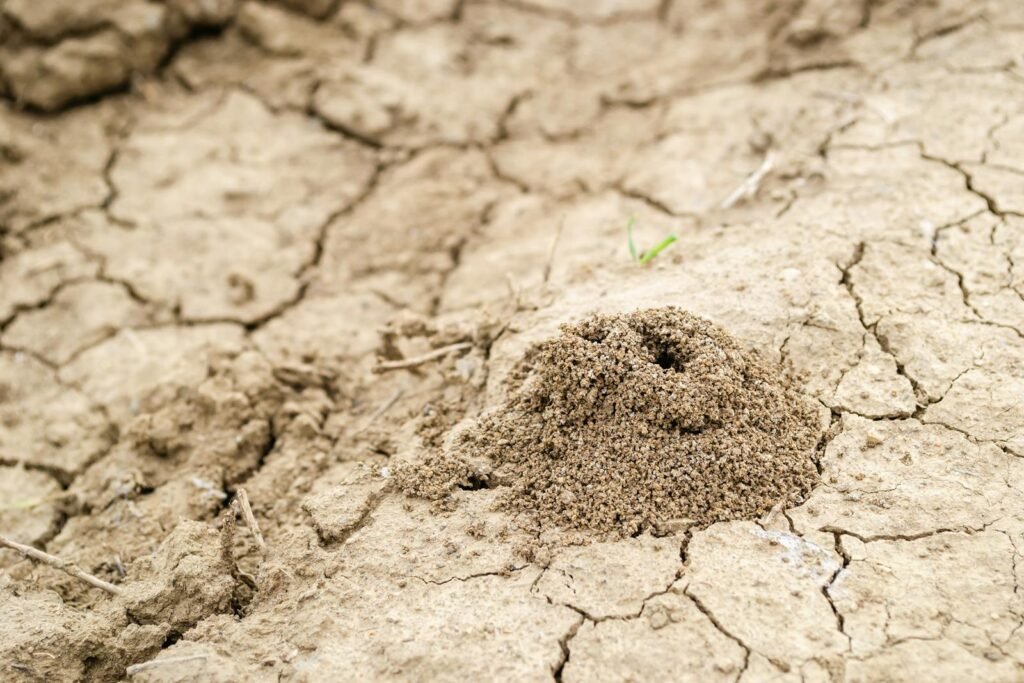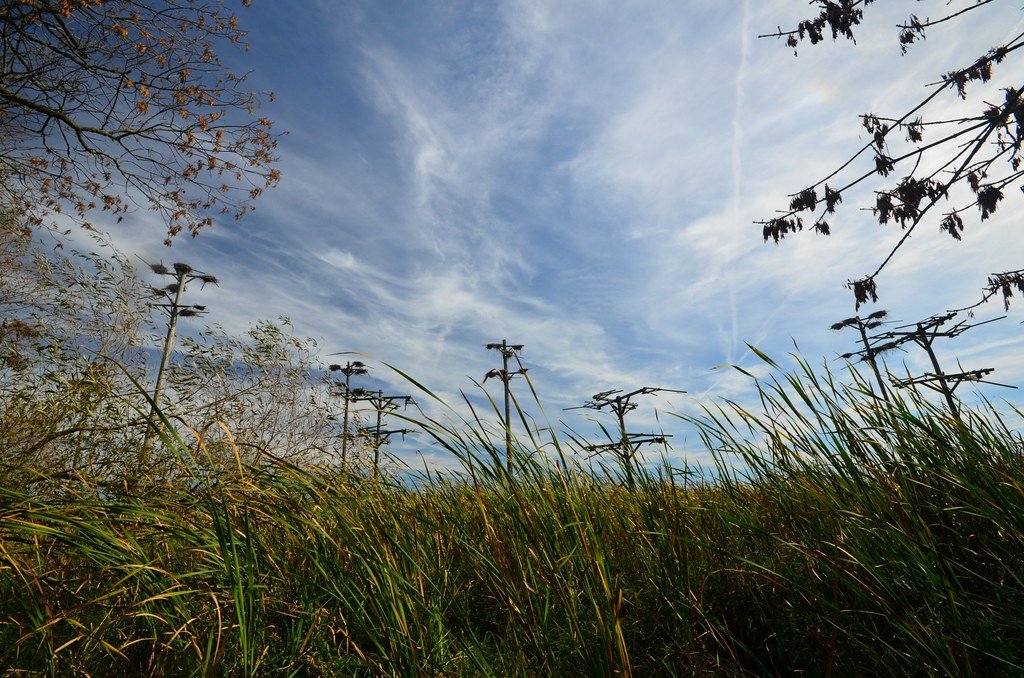Imagine stepping into a towering cathedral in the heart of the savanna, where the air feels surprisingly cool and fresh despite the blistering sun outside. Now, imagine that this marvel wasn’t built by human hands, but by tiny insects—termites. These minuscule architects have done what modern engineers dream of: they’ve created massive, intricate structures that stay comfortable inside, no matter the wild temperature swings outside. Without wires, fans, or air conditioning, termite mounds are natural wonders of engineering, holding secrets that could reshape the way we think about sustainable architecture. Let’s venture into this hidden world, where the smallest creatures build the most astonishing monuments to survival and ingenuity.
The Marvel of Termite Architecture

Termite mounds rise like natural skyscrapers across African and Australian landscapes, some reaching heights of over 30 feet. Each mound is a labyrinth of tunnels, chambers, and vents, all constructed from soil, saliva, and feces. It’s astonishing to realize that an army of blind, tiny termites can collaborate to create such grand designs, working tirelessly day and night. Unlike most insects, termites don’t simply carve out a home—they engineer a living, breathing structure. These mounds are far more than piles of dirt; they are masterpieces of bio-architecture, designed for both protection and climate control. The walls are often as hard as concrete, yet porous enough to allow air to move through. Their construction is a testament to the power of collective effort and natural design.
The Challenge of Extreme Climates
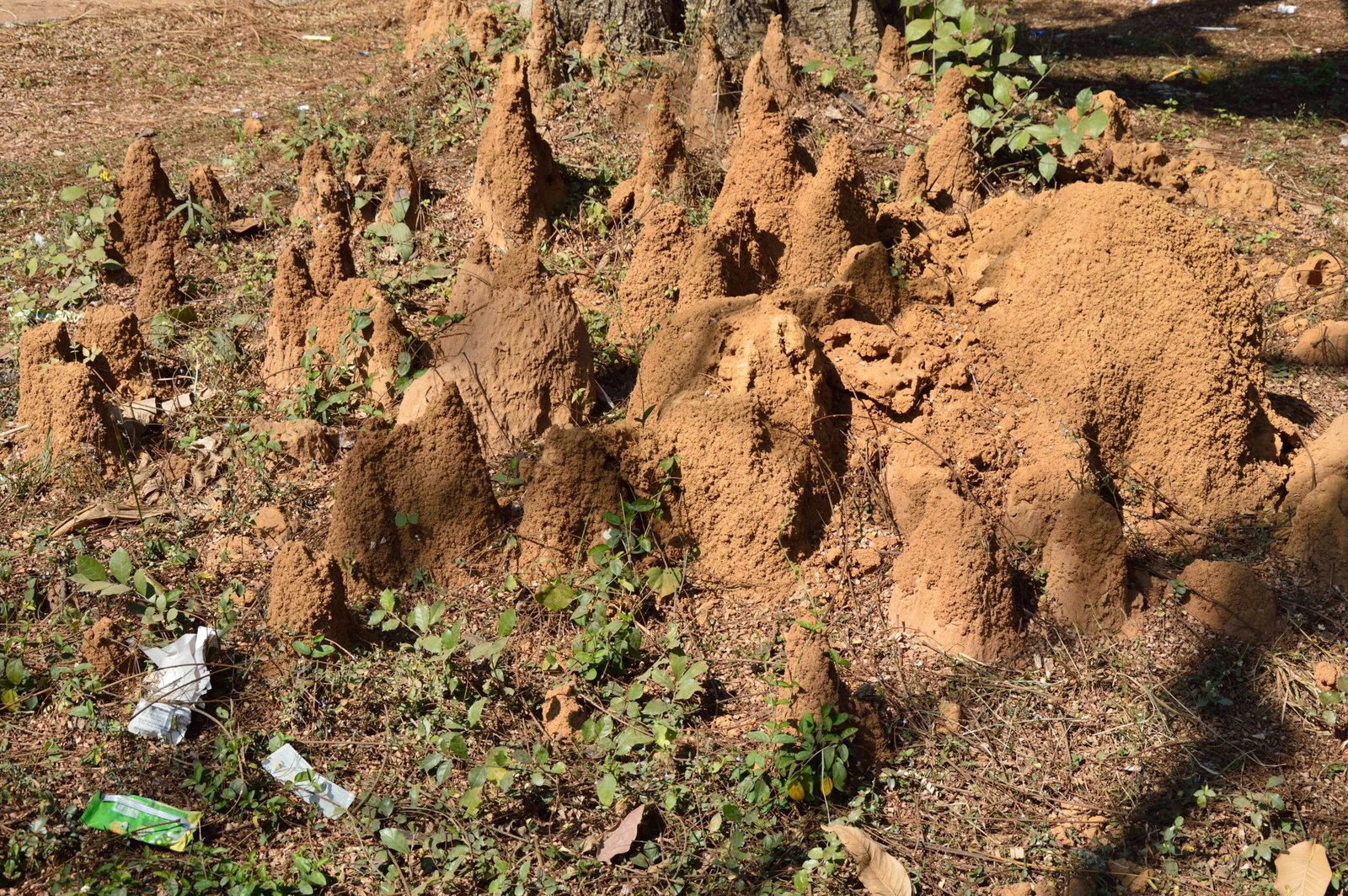
Termites thrive in environments where temperatures soar during the day and plummet at night. For most life forms, such swings would spell disaster. Yet, deep inside the mound, conditions remain surprisingly stable. The queen and her millions of workers need a narrow temperature and humidity range to survive and reproduce. If the internal climate drifts too far from the ideal, the entire colony could perish. It’s this challenge that has driven termites to become master environmental engineers. Their very survival depends on the mound’s ability to buffer extreme changes, keeping warmth in when it’s cold and venting heat when it’s sweltering.
The Secret: Passive Ventilation
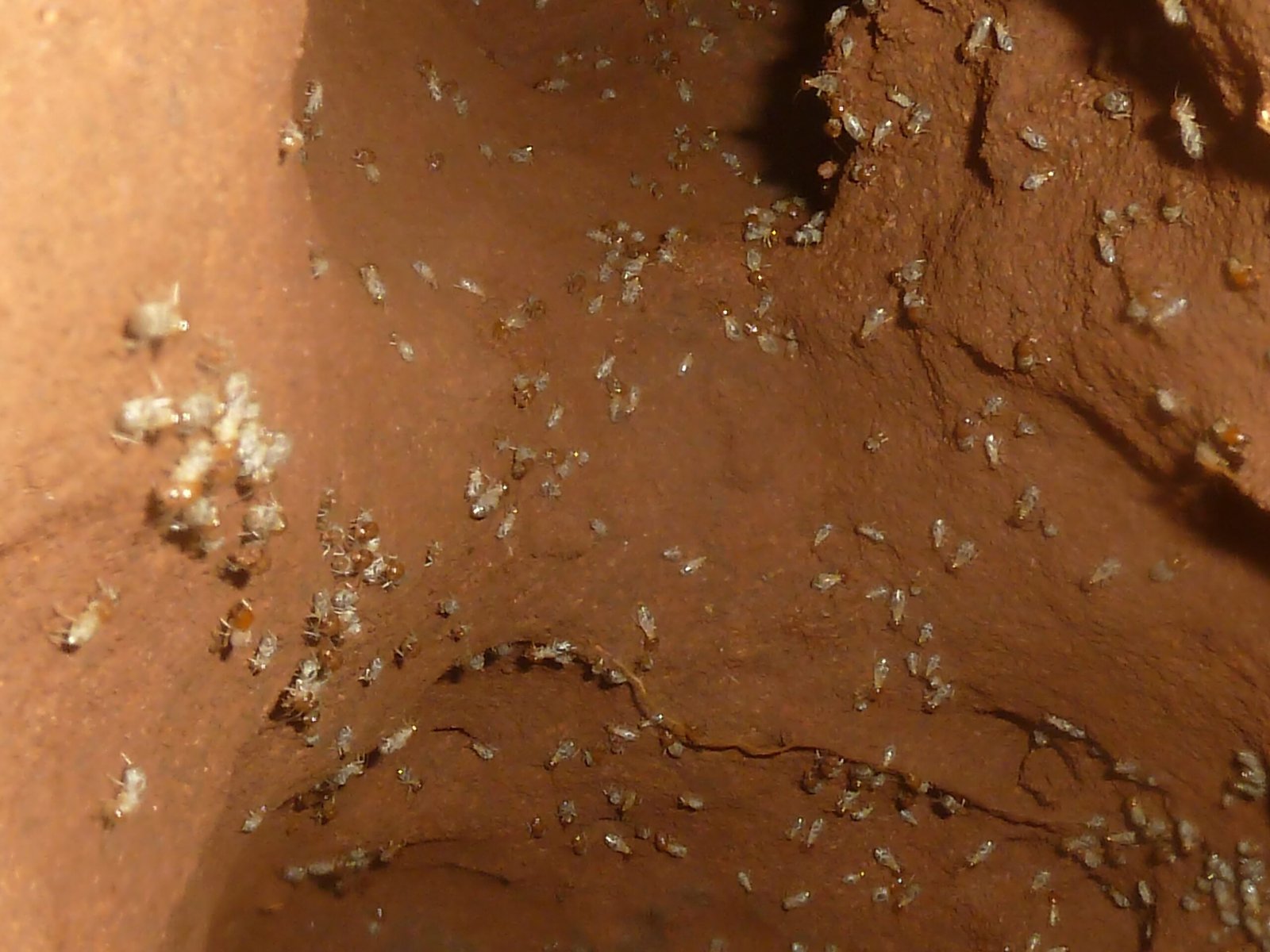
At the heart of termite mound climate control is passive ventilation—a design principle where air moves naturally, without any mechanical fans or electricity. The mounds are riddled with a network of narrow tunnels that run from the base to the tip. Warm air inside the mound rises through these tunnels and escapes out the top, while cooler air from the outside is drawn in through lower openings. This constant flow of air keeps the interior cool during the day and prevents it from becoming too cold at night. It’s a living system, always adjusting, always in motion. By harnessing the natural movement of air, termites have solved a problem that stumps even the best human architects.
Ingenious Use of Materials

Termites are remarkably resourceful builders. They mix soil with their saliva to create a sturdy, cement-like material that forms the mound’s walls. The composition isn’t random—each layer is carefully crafted to be both strong and breathable. The outer shell is tough enough to keep out predators and harsh weather, but it’s also full of microscopic pores. These pores let air and moisture pass through, helping to regulate temperature and humidity inside. By fine-tuning the texture and thickness of each layer, termites create a building that’s both fortress and air filter—a feat many modern construction companies still struggle to match.
The Stack Effect: Nature’s Air Conditioner
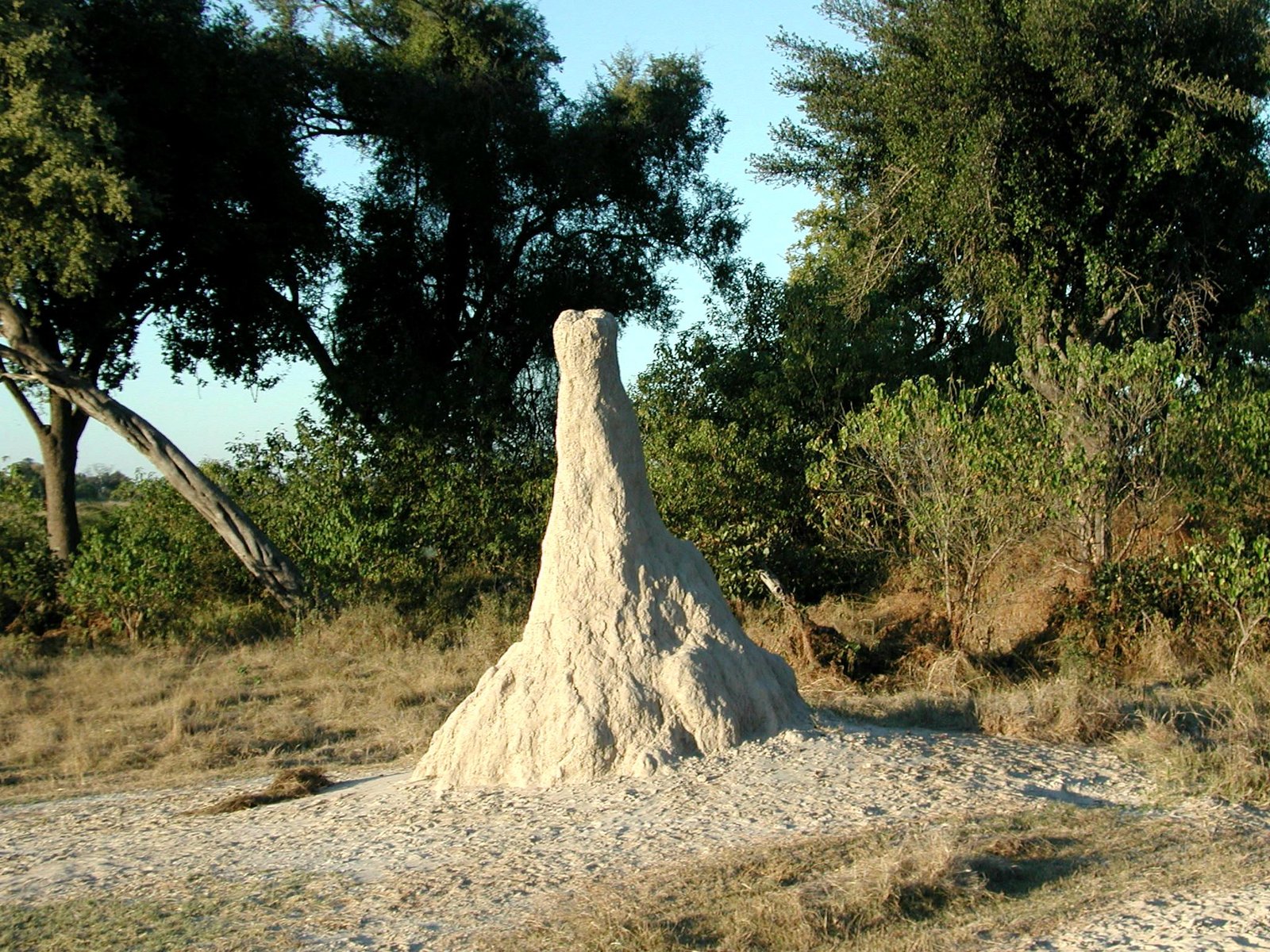
The termite mound’s design takes advantage of the “stack effect,” a principle familiar to architects and engineers. When air inside a tall structure heats up, it becomes lighter and rises, pulling cooler air in from below. In a termite mound, this effect is amplified by the vertical tunnels and the careful placement of vents. As the day warms up, hot air is drawn out of the mound, and fresh air is pulled in, keeping the colony cool. When night falls and temperatures drop, the process reverses, trapping heat inside. This natural cycle keeps the mound’s core temperature remarkably steady, often fluctuating by only a few degrees, even when the outside swings wildly.
Moisture Management: The Humidity Puzzle

Temperature isn’t the only challenge termites face—humidity is just as crucial. If it’s too dry, termites desiccate and die; if it’s too humid, dangerous fungi can take over. To keep things just right, termites actively manage moisture within their mound. They bring in wet soil from underground and deposit it in strategic areas. They also dig special “water galleries” that act like underground reservoirs. These structures, combined with the mound’s porous walls, allow termites to fine-tune the humidity around their queen and brood. It’s like having a built-in humidifier, powered only by teamwork and instinct.
Self-Repair and Adaptive Design
Termite mounds aren’t static; they’re constantly under construction. If a wall cracks or a tunnel collapses, worker termites rush to repair the damage. This ability to self-repair means the mound can adapt to changing conditions, like heavy rains or predator attacks. What’s even more fascinating is that termites can adjust the design of their mound in response to long-term changes in the environment. If a drought hits, they might build thicker walls to retain moisture. If the weather turns wet, they open more vents to prevent flooding. The mound evolves along with its environment, guided by the collective wisdom of the colony.
Lessons for Human Architecture
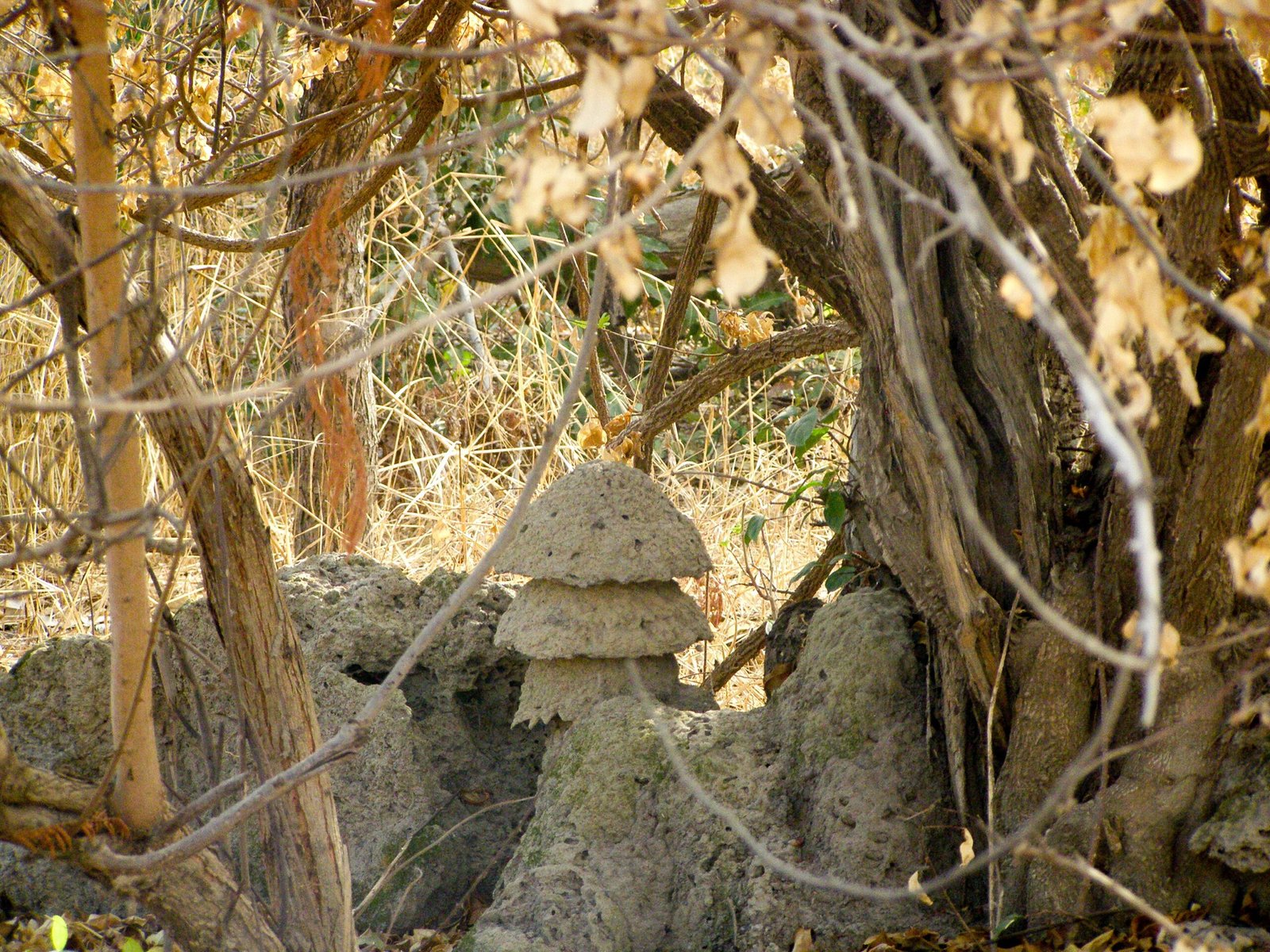
The genius of termite mounds hasn’t gone unnoticed by scientists and architects. Researchers have studied their structures in hopes of creating buildings that stay cool without air conditioning—saving energy and reducing our carbon footprint. Some modern offices and shopping centers now use termite-inspired ventilation systems, channeling air through chimneys and vents to regulate temperature naturally. The Eastgate Centre in Zimbabwe is a famous example, staying comfortable year-round with minimal energy use. By looking to termites, humans are learning the art of building with the environment, not against it.
The Social Structure Behind the Engineering

Behind every mound is a highly organized society, with each termite playing a specific role. Workers dig tunnels and mix building materials, soldiers defend the colony, and the queen lays eggs to keep the population thriving. The success of the mound depends on flawless teamwork—millions of tiny builders working in harmony, guided by chemical signals and instinct. This social organization is as impressive as the architecture itself, showing how cooperation and communication can achieve the impossible.
The Global Impact of Termite Mounds
Termite mounds do more than shelter their builders—they shape entire ecosystems. The tunnels and chambers allow rainwater to penetrate deep into the ground, improving soil fertility and helping plants grow. The mounds become islands of life, attracting birds, mammals, and insects seeking shelter and food. In some regions, the presence of termite mounds can even influence the distribution of forests and grasslands. Their role as ecosystem engineers is a powerful reminder of how even the smallest creatures can have a huge impact on the world around them.
What the Future Holds
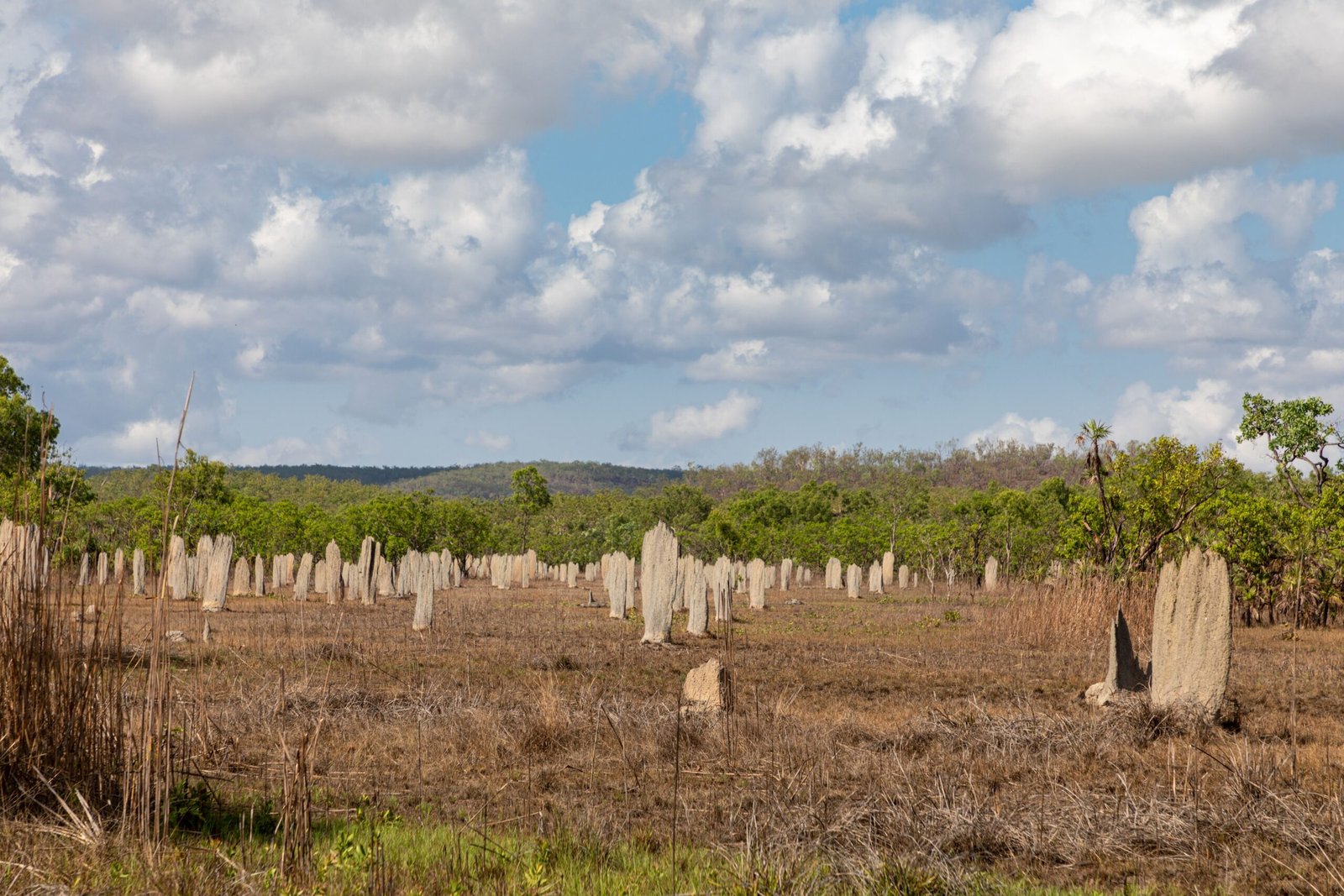
As climate change pushes temperatures higher and resources become scarcer, the termite mound stands out as a beacon of sustainable design. Scientists are only beginning to unlock all its secrets, using tools like 3D scanning and computer modeling to study its complex airflow and temperature patterns. There’s a growing hope that, by mimicking these natural marvels, we can build homes and cities that are more comfortable, resilient, and in harmony with the planet. The next time you see a termite mound on the horizon, remember: it’s not just a pile of dirt—it’s a blueprint for the future.
What other lessons could we learn from the smallest architects on Earth?

